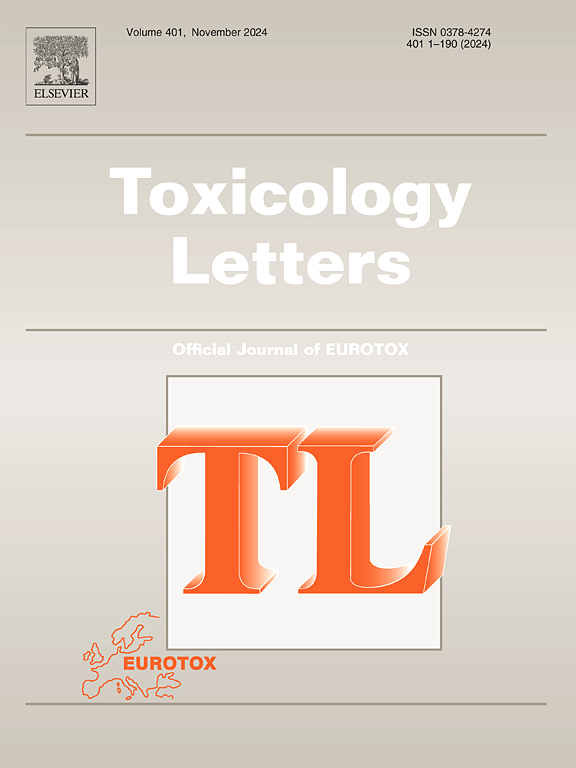阐明持久性有机污染物对男性生殖健康和睾丸结构的影响。
IF 2.9
3区 医学
Q2 TOXICOLOGY
引用次数: 0
摘要
持久性有机污染物是一种环境污染物,由于分布广泛,对健康构成重大风险。本研究利用现实的人类接触情景,审查持久性有机污染物对男性生殖健康的影响。雄性小鼠暴露于28ng持久性有机污染物中35天,精子活力和数量受到不利影响,生殖细胞组成发生显著变化,类固醇生成受到损害。组织病理学分析显示睾丸结构改变和间质空间异常脂质积聚,可能阻碍类固醇生成和间质细胞功能。Western blot和免疫荧光研究显示类固醇生成标记物水平降低。流式细胞术显示圆形精子减少,提示精子发生受损。分子研究显示,关键甾体生成酶的mRNA表达减少,而凋亡标记物和DNA片段的增加表明凋亡是一种机制。这项研究强调需要制定更严格的条例和改进环境卫生政策,以减轻持久性有机污染物对男性生殖健康的不利影响。本文章由计算机程序翻译,如有差异,请以英文原文为准。
Elucidating the impact of persistent organic pollutants on male reproductive health and testicular structure
Persistent organic pollutants (POPs) are environmental contaminants that pose significant health risks due to their widespread distribution. This study examines the effects of POPs on male reproductive health using realistic human exposure scenarios. Male mice exposed to 28 ng of POPs for 35 days exhibited detrimental effects on sperm motility and count, significant changes in germ cell composition, and compromised steroidogenesis. Histopathological analyses revealed testicular architecture alterations and abnormal lipid accumulation in the interstitial space, potentially hindering steroidogenesis and Leydig cell function. Western blot and immunofluorescence studies showed reduced levels of steroidogenic markers. Flow cytometry indicated a decrease in round spermatids, suggesting impaired spermatogenesis. Molecular investigations revealed reduced mRNA expression of critical steroidogenic enzymes, while increased apoptotic markers and DNA fragmentation suggested apoptosis as a mechanism. This study highlights the need for stricter regulations and improved environmental health policies to mitigate the adverse effects of POPs on male reproductive health.
求助全文
通过发布文献求助,成功后即可免费获取论文全文。
去求助
来源期刊

Toxicology letters
医学-毒理学
CiteScore
7.10
自引率
2.90%
发文量
897
审稿时长
33 days
期刊介绍:
An international journal for the rapid publication of novel reports on a range of aspects of toxicology, especially mechanisms of toxicity.
 求助内容:
求助内容: 应助结果提醒方式:
应助结果提醒方式:


